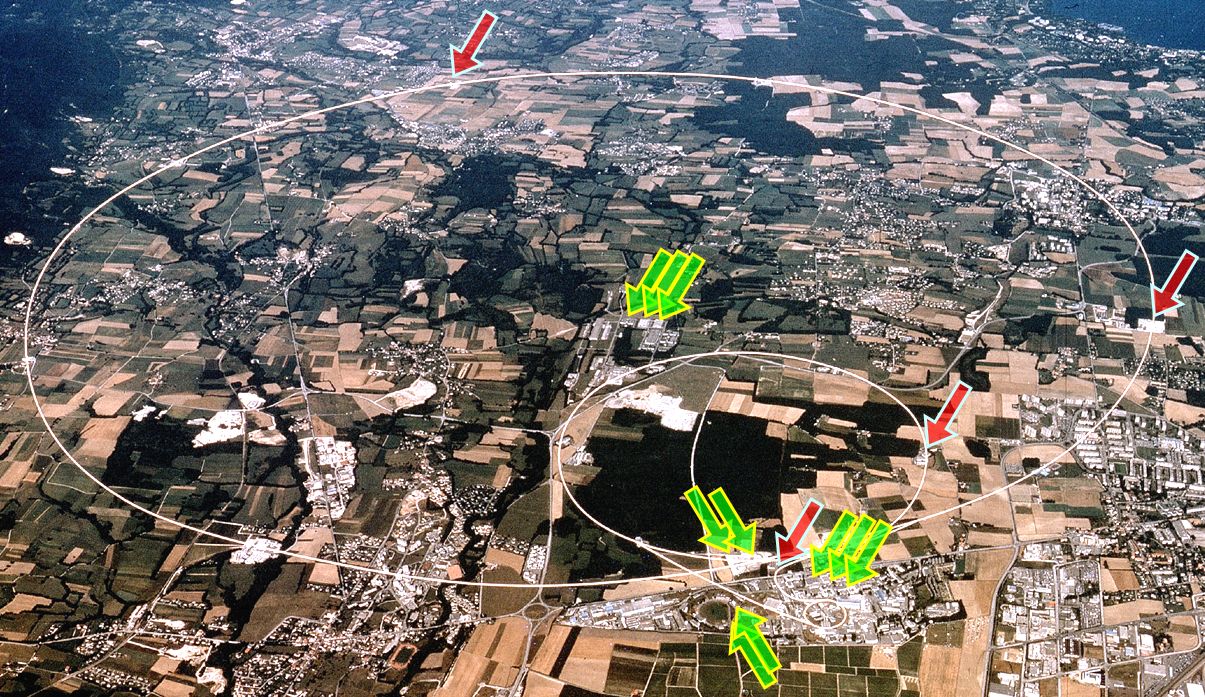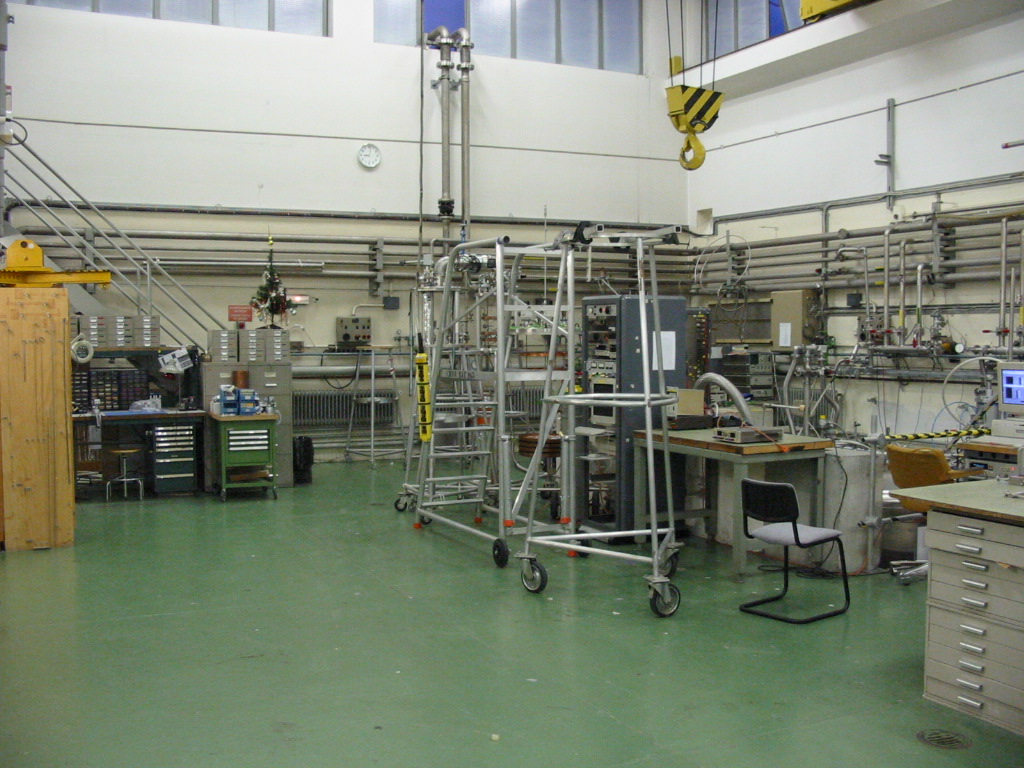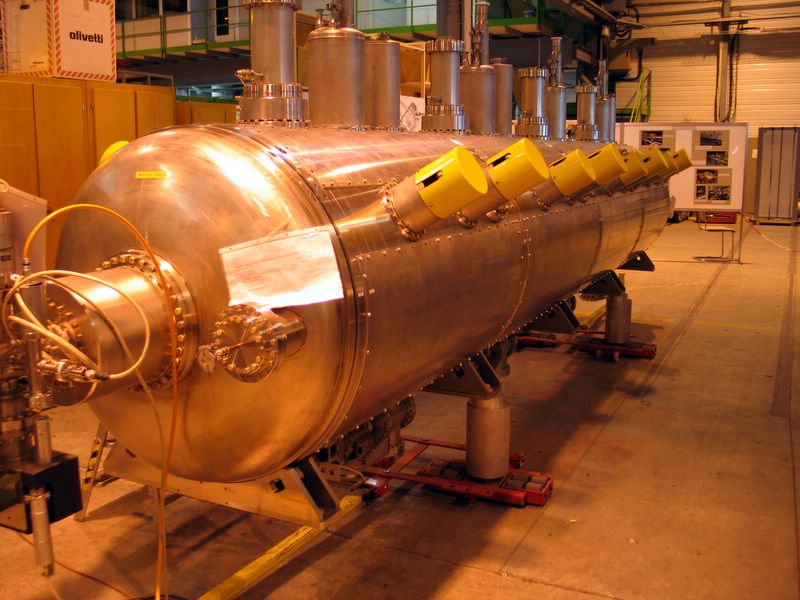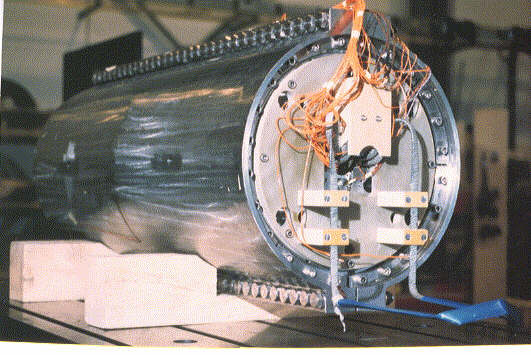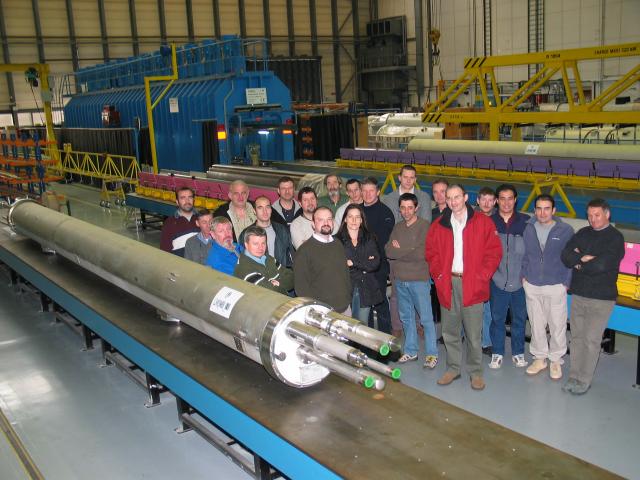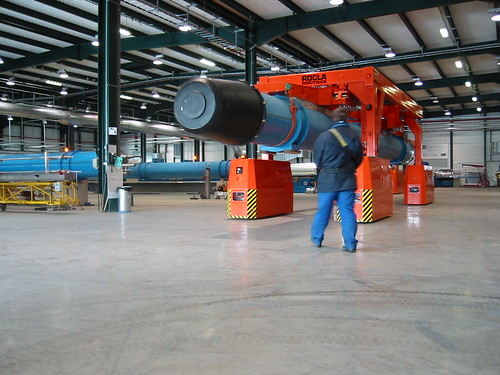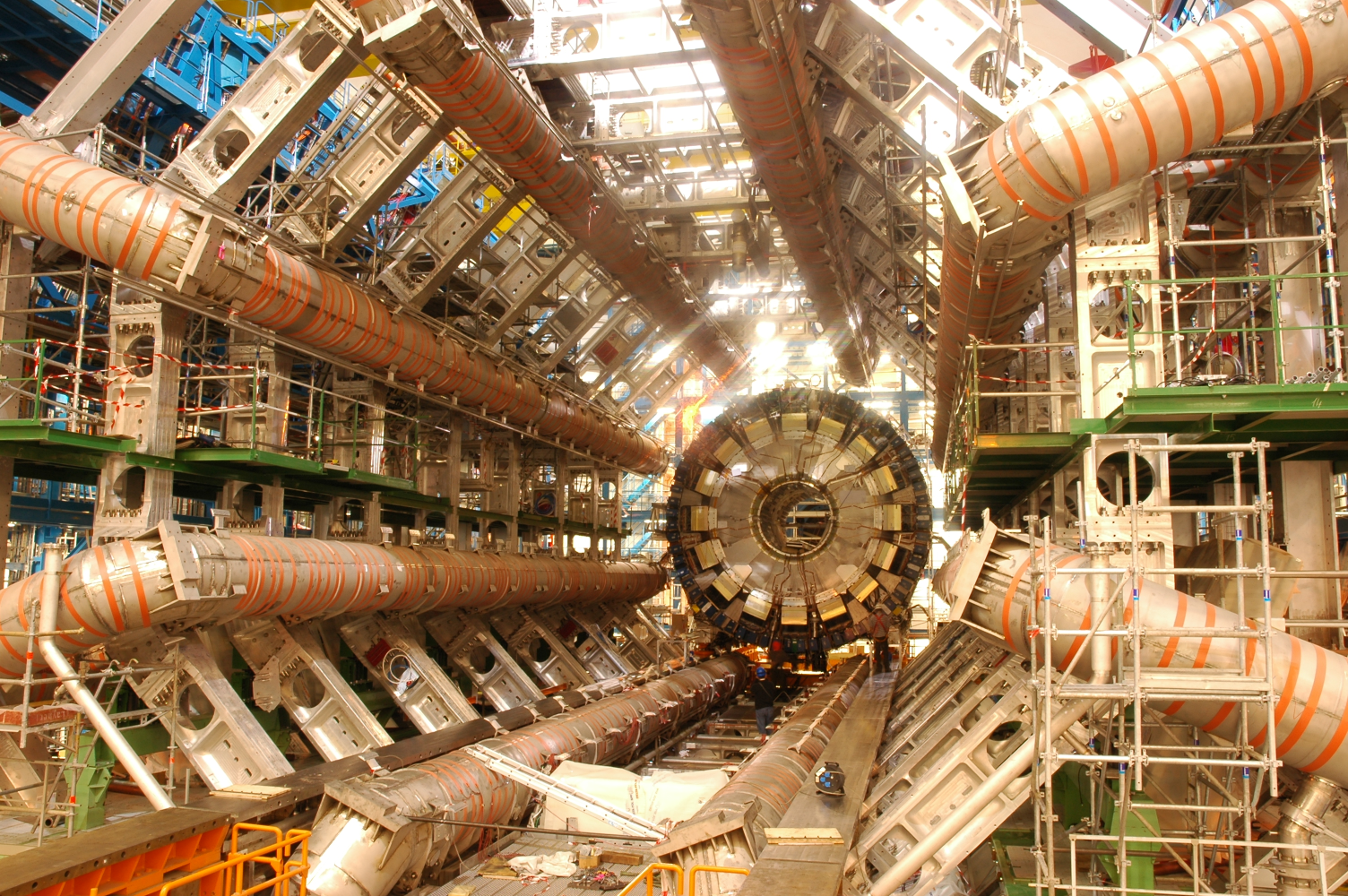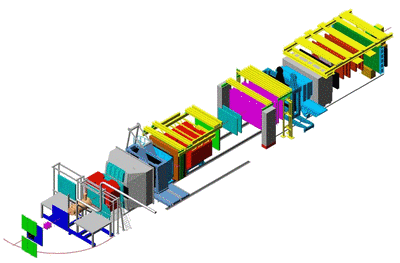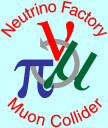 |
 |
The Portal of Superconductor Activities for Accelerators and Detectors at CERN
![]()
CERN is hosting the largest project of applied superconductivity, the Large Hadron Collider. Many activities and technologies directly or indirectly related to superconductivity are in progress for the LHC project, both for the accelerator and for the particle detectors. In total about 15 GJoules of magnetic energy will be stored in the about 10,000 superconducting magnets of the LHC, mostly concentrated in the 1232 main dipoles and in the two large magnets for the ATLAS and CMS detectors.
While LHC is being completed (the goal is to close the ring in 2007), CERN is starting to prepare the future for the post-LHC era. Some studies are aimed to a direct upgrade of the LHC ring : more powerful magnets (9-15 T peak field) in the interaction regions will help to increase the luminosity. Other studies are aimed at improving the reliability and the performance of the injector chain, through a substitution of the resistive magnets with 0.1 to 1 Hz cycled superconducting magnets, capable of 1 to 5 T/s of field ramp.
These studies are conducted in the frame of the European collaboration CARE, partly supported by the EU and including all major laboratories and universities involved in accelerators. For magnets the reference inside CARE are the network on hadron colliders HHH (which includes also some fusion laboratory to improve scientific exchange) and the Joint Research Program NED, aimed to develop the Nb3Sn conductor, the technologies and the design for a 15 T dipole of extremely high current density.
- Laboratories for testing of SC materials and cables: Bldg. 103, Bldg. 163, FRESCA, HTS test station, CRYOLAB
- Laboratories for production and testing of SC magnets: Bloc4, SM18 magnets & cavities, Bldg.927, Bldg. 181, SMA18, Bldg. 904
- Superconducting magnets for particle detectors: ATLAS, CMS, CAST, COMPASS
- Departments and Groups involved with SC
- Working Groups, collaborations, other activities
- On-line applied SC resources
